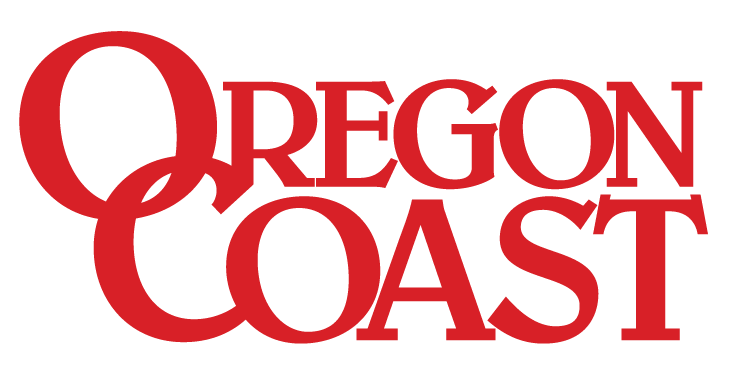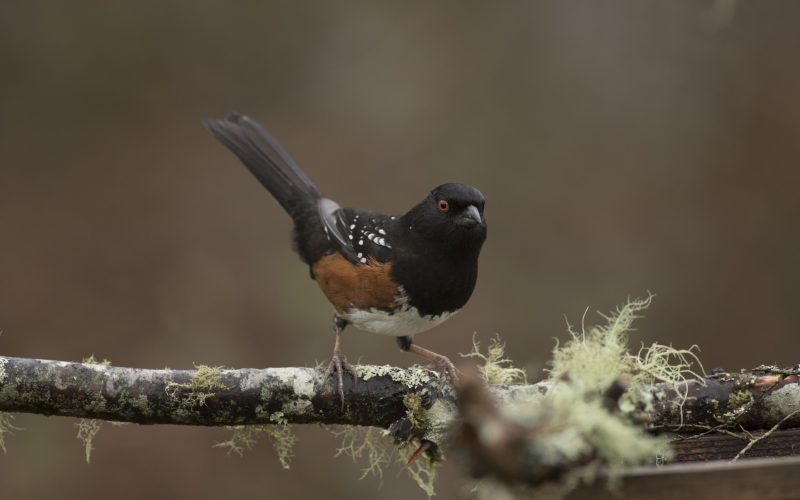With spring unfolding right outside our doors, the North Coast Land Conservancy has some suggestions for how to enjoy this season—and every season—without even leaving home. Email nclc@NCLCtrust.org if you have more suggestions to share.
Go into the garden. This may be a good time to pay attention to a neglected corner of your yard, to plant some seeds you’ve been saving, or to attack those invasive blackberries or that English ivy crawling up a tree.
Notice nature. Biologist David Haskell wrote an entire book about changes he observed over a year in a single square meter of forest. You don’t need to travel to be amazed by the natural world. Consider signing up at iNaturalist.org to share your observations.
Do some backyard birding. The Audubon Society has suggestions for how to get started at www.audubon.org/birding/backyard. If you want a feeder or some seed, you can order them online. You don’t need a big yard: a feeder outside an apartment window will do.
Try sketching. To draw a leaf or a feather, you need to spend time looking closely—which is reward in itself. Use pencils or pens and paper you have on hand. Enjoy the process and don’t judge the result.
Catch up on reading. Google “John Burroughs Medal” for a list of every book that has been awarded this medal for distinguished natural history writing since 1926. Naturalist (and NCLC founding director) Neal Maine also offers his own top-five list of nature books, below. Many independent bookstores are temporarily closed, though some, including Seaside’s Beach Books, are offering alternative purchasing options; visit beachbooks37.indielite.org for details.
A Sand County Almanac, by Aldo Leopold
The Invisible Pyramid, by Loren Eiseley
The Forest Unseen, by David Haskell
The Geography of Childhood, by Gary Paul Nabhan and Stephen Trimble
Symbiotic Planet, by Lynn Margulis.
PHOTO: Spotted towhees can be seen year-round on the North Coast. Neal Maine photographed this one at his backyard bird feeder. Photo by Neal Maine/PacificLight Images




